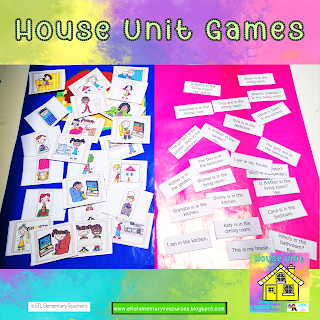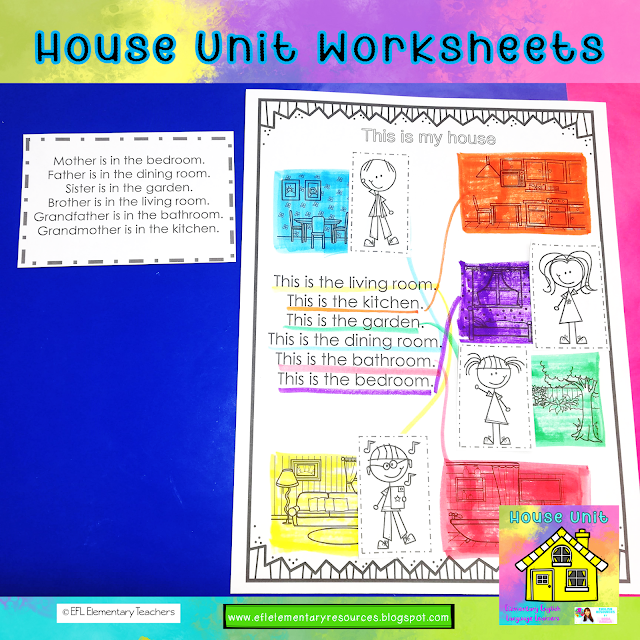This ELA teacher resource is part of the pets unit for Elementary English Languge learners-Starters. LINK: https://www.teacherspayteachers.com/Product/Pets-Unit-for-Elementary-ELL-Starters-10780015
Pets Unit Flashcards
Take a look of all the flashcards included in the resource to create an effective lesson plan. Use these to develop linguistic competence to have your students communicate verbally to describe pets.
Use the flashcards to introduce the pets vocabulary and have the stduents understand the names of the animals.
Use the pets unit flashcards
to ask yes/ no questions: Is this a dog?
Is this a frog?
Students: No, it isn’t.
Use the flashcards to ask about colors: What color is this
cat?
Let’s count the pets
on the board: one, two, three, four, five, six, seven, eight. Eight pets!!
Make a grid on the
board. Say a number and letter combination for a student and have that person
say what it is.
Teacher: 2C
Student: snake!
Use adjectives to help students
describe the pets. Here is an example with a cat labeling to the parts of the
body.
Students will talk
about possession: Who has a rabbit?
Model sentences to
express possession: Bob has a fish.
Students will contrast and compare the physical appearance of the pets. Review the parts of body words if you have already taught that unit. You can choose the ears. Model sentences: The brown rabbit has long ears.
By using adjectives, students will express themselves wih more detail..png)
Contrast the length
of the tail. Ask questions: Which pets have short tails?
Use the flashcards
to introduce or review even more body parts: wings, legs, head, body, eyes,
whiskers, nose, mouth.
Introduce how to indicate
position using the prepositions of place: in, on.
Place the fish and the fish
bowl flashcards on the board. Write the word IN. mimic that the fish goes into
the fish bowl, draw the arrow and say the sentence: The fish is IN the fish bowl.
Have the students say a
sentence with the dog: The dog is in the dog house.
Do the same with the location word on.
Ask questions: Where is the dog?
Students will express preference using the adjective favorite.Place the flashcards on the
board and ask: What’s your favorite pet? Graph!
Students can use their
worksheet to graph the results from the class and write it down.
Play a guessing game with your
students. Hold a pet flashcard without showing it to your students. Describe
it: This pet doesn’t have wings. It doesn’t have whiskers. It has four legs. It has a tail.
Students will start guessing.
The one that guesses correctly: dog! Will win the card. Continue with more cards.
This resource has more to check, go to this blog post: https://eflelementaryresources.blogspot.com/2025/03/cat-family-for-elementary-ell.html
Next blog post will
be on the pet unit small cards. Just follow the blog: https://eflelementaryresources.blogspot.com/






.png)
.png)
.png)

.png)
.png)




































